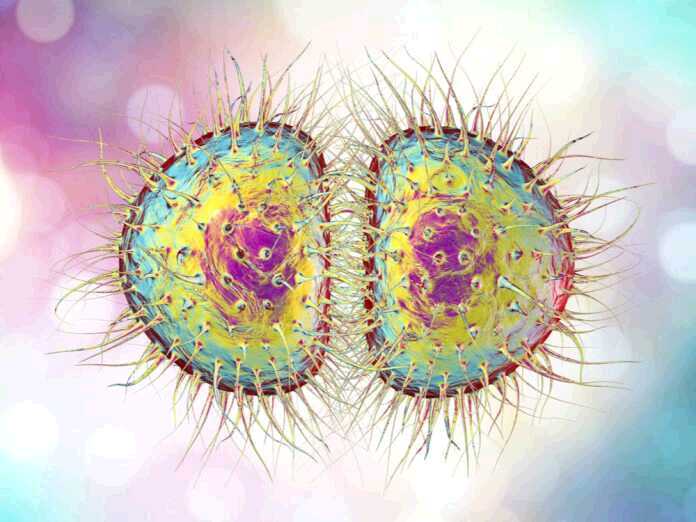
Gonorrhea is an STD with some nasty symptoms. It can cause pain when you urinate and swelling in the genitals. If left untreated, it can lead to blocked fallopian tubes and ectopic pregnancies. If you’re unlucky enough to contract it, a simple dose of antibiotics together with abstinence was enough to clear you up. However, the gonorrhea mutations that have gone on might make that a little different.
What’s Changed?
Gonorrhea mutations started in the 60’s. Back then, we used penicillin to treat it. Slowly though, that stopped working. Scientists discovered that the structure of the disease had mutated to the point where it had picked up an extra chromosome. There was an enzyme within that chromosome that basically destroyed penicillin.
From there we resorted to treating it with an oral antibiotic known as cefixime. This antibiotic is from the subgroup of beta-lactam antibiotics. It had some positive results in treating gonorrhea. That was until 2012. A study done in Japan revealed that this treatment was also becoming outdated. It was showing similar signs of resistance to what happened with penicillin.
Now, combination drugs are being developed to counteract pesky gonorrhea mutations.
What Can We Do Now?
The current drugs still do a job of stopping the disease in most cases. However, gonorrhea mutations mean they’re not as effective as they once were. Until the time comes that scientists can give us an amazing new drug, the best way to treat it is to stop it from spreading.
While total abstinence might not be an option for some, the right protection can help. Latex condoms are great at preventing the spread of this. Pursuing relationships with those that have a clean bill of health is also important.
In Conclusion
As with any STDs, you want to avoid them. For one, they aren’t fun. Gonorrhea mutations and subsequent resistance to medications should serve as another reminder to practice safe sex at all times.






























